e-bulletin 36 – 2.4 The effects of armed conflict on children
e-bulletin 36 – 2.3 Save the dates: 2019 ISSOP Conference in Beirut
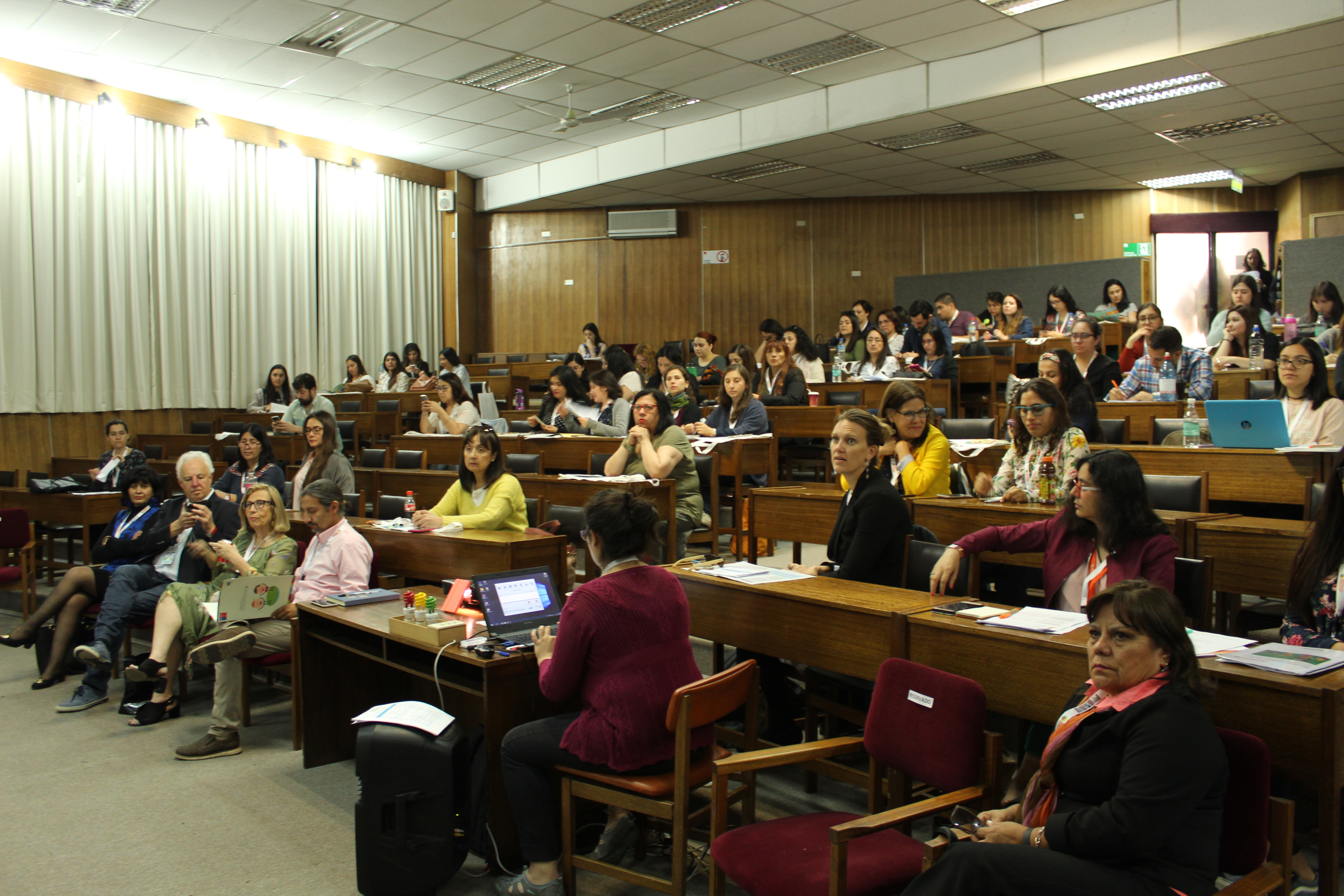
e-bulletin 36 – 2.5 International Seminar on Child Rights and Health and satellite activities
Dr. Sherry Shenoda addressing the US Senate at an AAP sponsored event to make Congress and global health partners in Washington, D.C. aware of the paper’s findings and recommendations.
An AAP policy statement and technical report on The Effects of Armed Conflict on Children, authored by Sherry Shenoda, MD, FAAP, Ayesha Kadir, MD, MSc, FAAP, Shelly Pitterman, PhD, Jeffrey Goldhagen, MD, MPH, FAAP, were issued through a press release held at the AAP-NCE Meeting in Orlando on November 5th. Please find a summary written by Dr. Shenoda below.
Shenoda S, Kadir A, Pitterman S, Goldhagen J, Section on International Child Health. The Effects of Armed Conflict on Children. Pediatrics [Internet]. 2018 Nov 5 [cited 2018 Nov 10];142(6):e20182585. Available from: http://pediatrics.aappublications.org/lookup/doi/10.1542/peds.2018-2585
Armed conflict, which is any organized dispute that involves the use of weapons, violence or force, has become one of the most profound health issues affecting children and youth. This is the focus of a new AAP Policy Statement and Technical Report: On the Effects of Armed Conflict on Children. It is estimated that one in ten children are affected by armed conflict, but the number of children who die in armed conflict is unknown. Though children are not counted, they are disproportionately affected. We know that 90% of deaths from armed conflicts over the past two decades are civilian deaths— we estimate that nearly half of which are children. Of the 68 million displaced persons worldwide, nearly half are children.
This is a human rights violation, a form of toxic stress and a social determinant of health. Whether direct or indirect, we know that armed conflict is a type of toxic stress, which can harm the developing brain as well as cause long term health problems such as diabetes, heart disease, high blood pressure, and depression. We do know that toxic stress can be mitigated. We cannot remove all toxic stress from the lives of our patients, but we can lessen its impact on children.
- We can train pediatricians in trauma informed care that is compassionate and culturally competent.
- We can work collaboratively with our colleagues in the non-profit sector and resettlement agencies
- We can address the needs of the entire family, knowing the importance of caregiver mental health on child health outcomes.
- We can reach out to our colleagues in conflict zones.
This is particularly important as the UN High Commission on Refugees estimates that the average number of years of displacement in a protracted conflict—and most conflicts today are considered protracted, or longer than 5 years— is 20 years. Twenty years is a lifetime for a child. When we receive refugees into the fabric of American society from protracted conflicts, we must understand the impact of displacement and the importance of early childhood development and attention to education and safety during displacement. Therefore, we cannot separate children from families at our border.
- We can build their social capital by supporting their families, religious homes, and creating school-based interventions that positively affect self-esteem, motivation, and self-efficacy.
- We can base our work in the principles of child rights, justice and equity. We can implement trauma informed principles, uphold the sanctity of the Geneva Conventions, provide protection and humanitarian assistance to refugees and displaced children, ensure access to education and early childhood development, and ensure that youth have a voice in matters that concern them and child-friendly safe spaces to learn and play

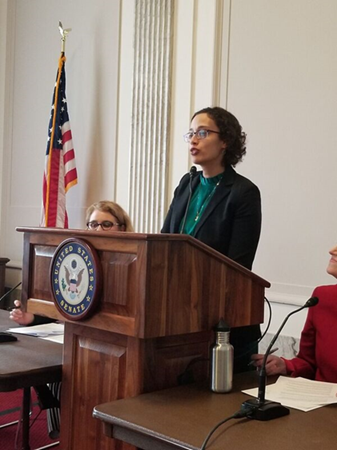
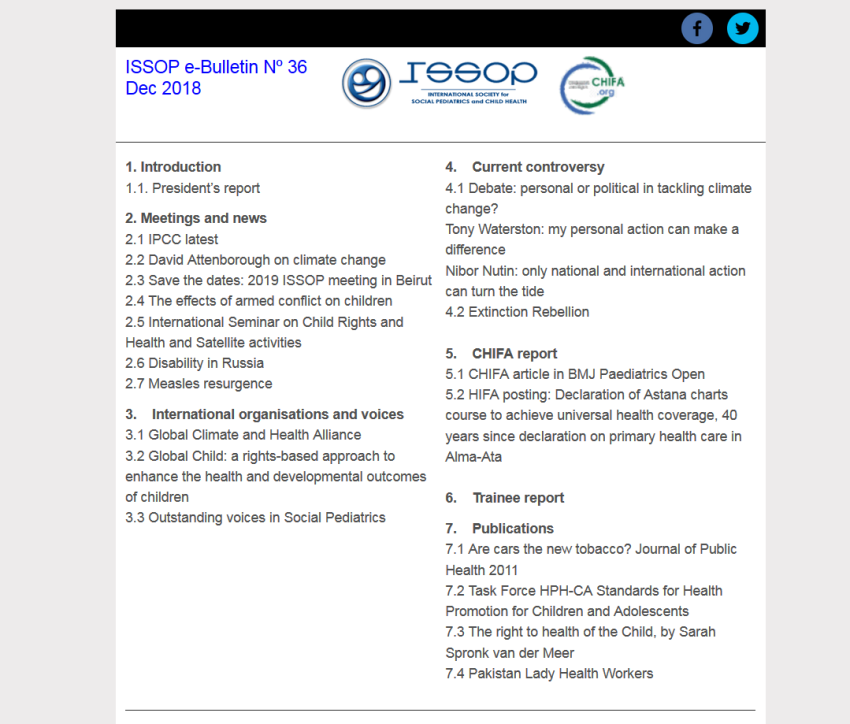
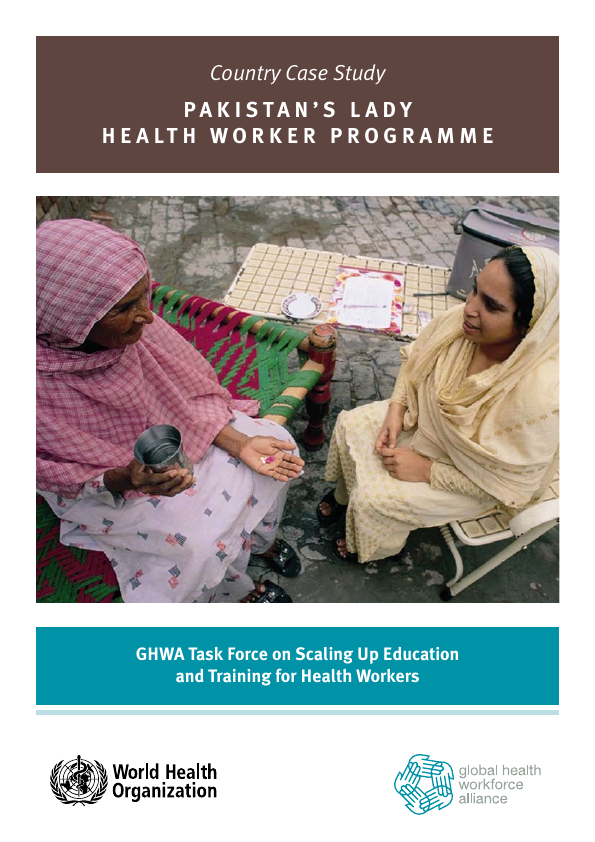
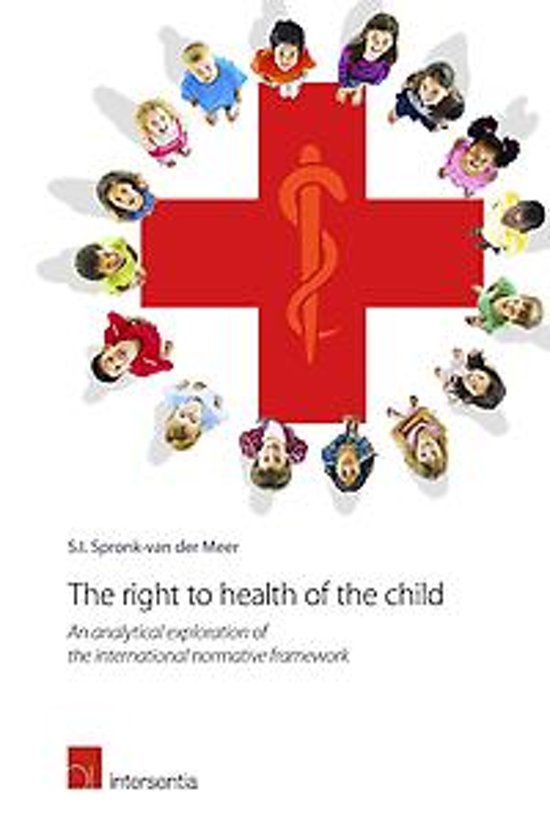
1 Comment
[…] latest 2.2 David Attenborough on climate change 2.3 Save the dates: 2019 ISSOP meeting in Beirut 2.4 The effects of armed conflict on children 2.5 International Seminar on Child Rights and Health and Satellite activities 2.6 Disability in […]